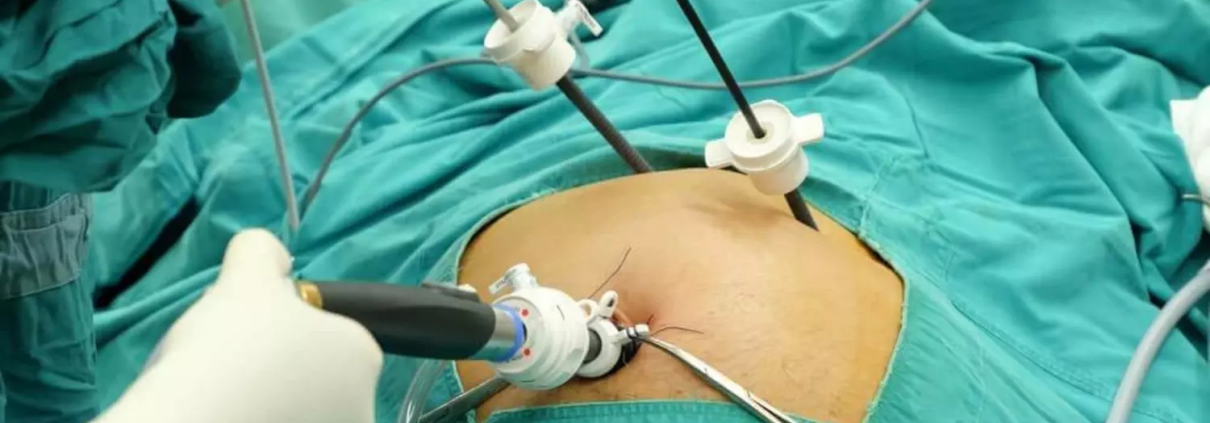Males exhibit more morbidity after Cholecystectomy in Biliary Acute Pancreatitis, suggests study

A new study found that cholecystectomy is associated with an increased risk of morbidity in males but no difference in mortality between genders in those having Biliary acute pancreatitis (BAP). The study results were published in The American Journal of Surgery.
Acute pancreatitis (AP) is inflammation of the pancreas associated with increased morbidity and mortality. It shows severe symptoms ranging from systemic inflammatory response syndrome (SIRS) to organ failure. AP is triggered by various factors like biliary or gallstones or pancreatic issues. Biliary acute pancreatitis (BAP) is a milder variant with a self-limiting course of disease. However, severe forms can carry a substantial risk of morbidity and mortality.
Cholecystectomy is the standard of care surgery for mild to moderate BAP. Research in the past has shown that gender plays a major role in the presentation of BAP as females develop gallstones at a younger age and males develop the same at a later age. The postoperative outcomes are ambiguous after cholecystectomy between the genders. Hence, researchers from the Department of Surgery, Western Michigan University Homer Stryker M.D. School of Medicine, USA conducted a study to evaluate whether gender is associated with worse 30-day postoperative outcomes following cholecystectomy for BAP.
A retrospective study was carried out by collecting data from the American College of Surgeons (ACS) National Surgical Quality Improvement Program (NSQIP) database. Individuals who are 18 years or older who underwent laparoscopic and open cholecystectomy with and without cholangiogram and/or common bile duct exploration were included. Gender stratification was done, 30-day postoperative outcomes were analyzed and both univariate and multivariable logistic regressions were performed.
Findings:
• About 4,158 (1556 male, 2602 female) patients were examined.
• A significantly higher rate of both serious and overall morbidity was seen in males than in females.
• The mean (SD) operative time was longer in the male group than in the female group.
• The length of stay in the hospital was more in males with males spending more than 7 days
• Multivariable analysis showed that male gender was an independent predictor of serious morbidity.
• No difference in mortality between the two groups was noted.
Thus, the study concluded that the 30-day post-operative outcomes were significantly higher in males with higher serious and overall morbidity following cholecystectomy than in females. Males experience a more severe disease process than females even though the mortality rates are similar between both of them. This study throws light on the peri-and post-op management of male patients after cholecystectomy.
Further reading: Gender Variations in 30-day Outcomes Following Cholecystectomy in Patients with Biliary Acute Pancreatitis. Stevens Nicholas et al. The American Journal of Surgery. 0002-9610. Elsevier. Doi: 10.1016/j.amjsurg.2024.116034





